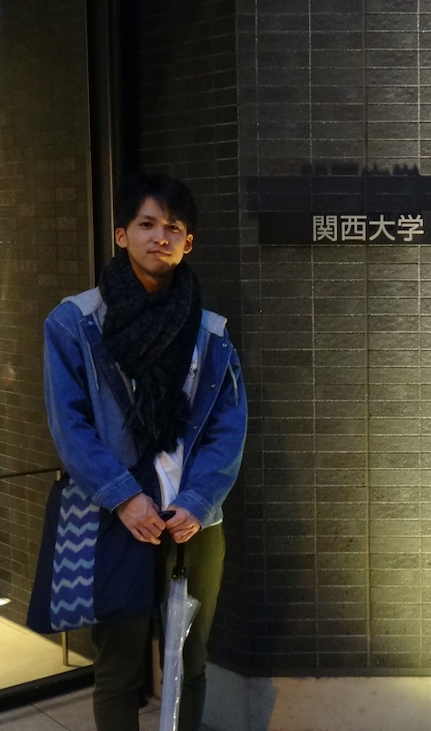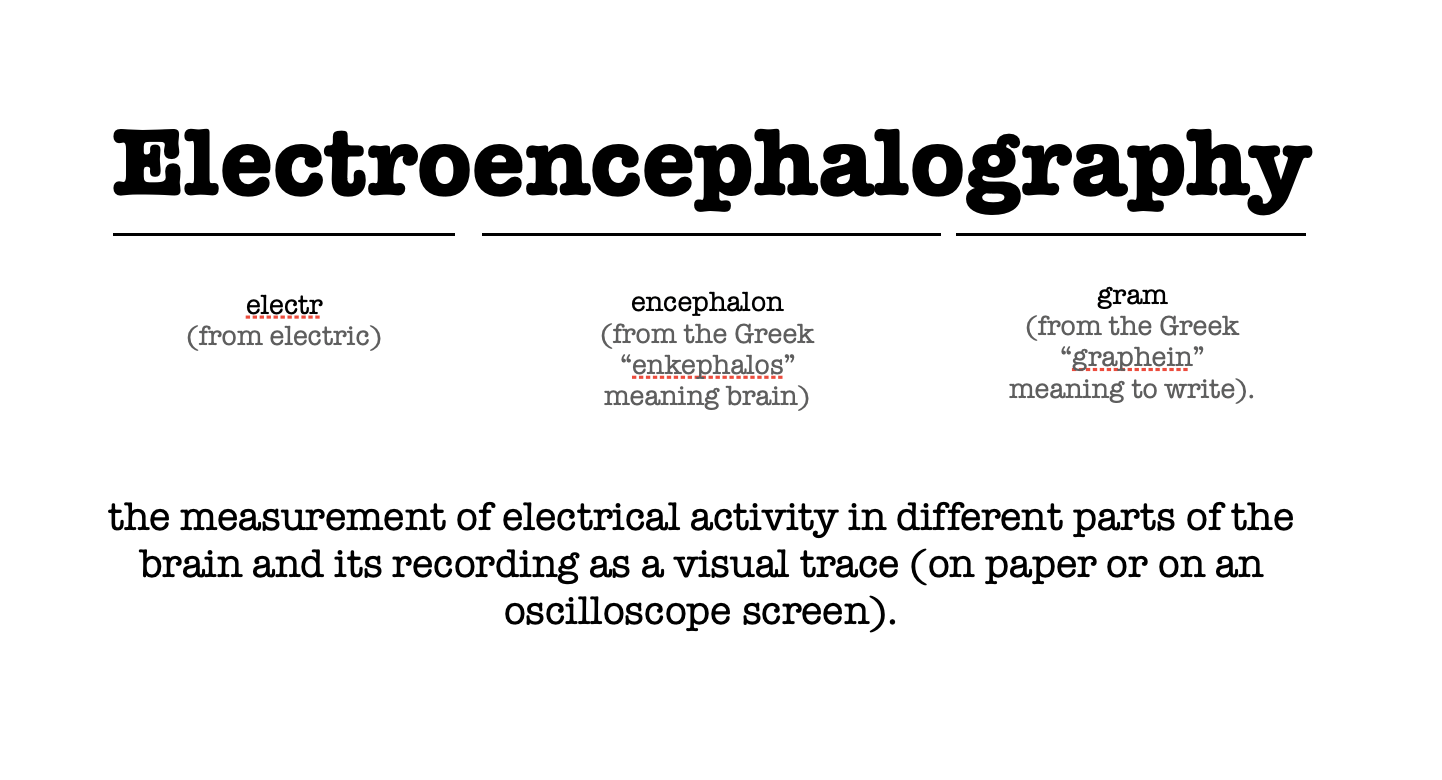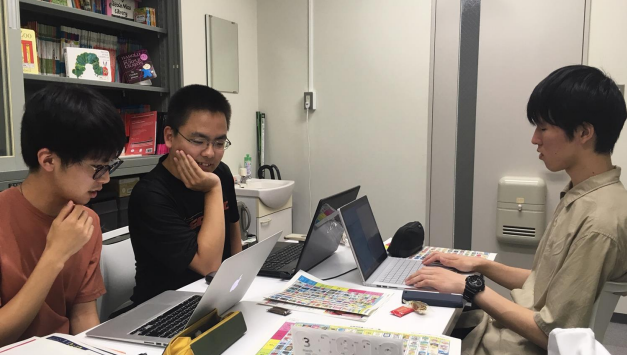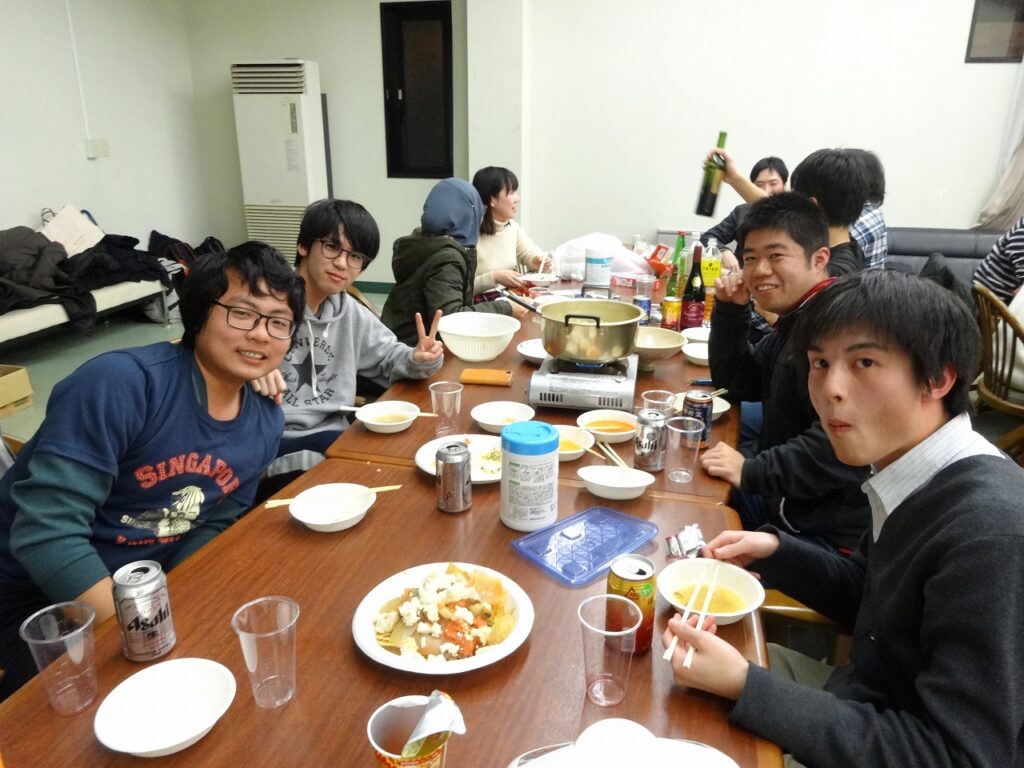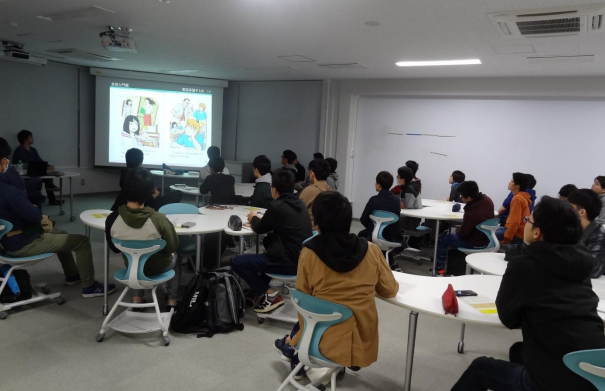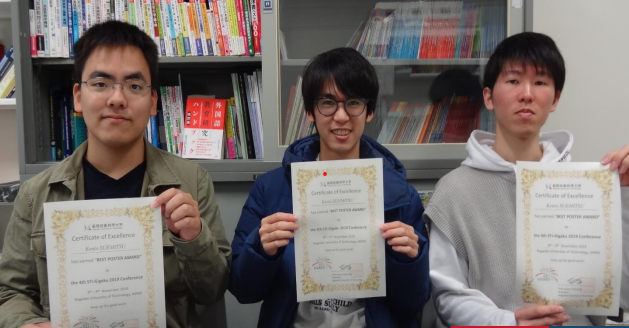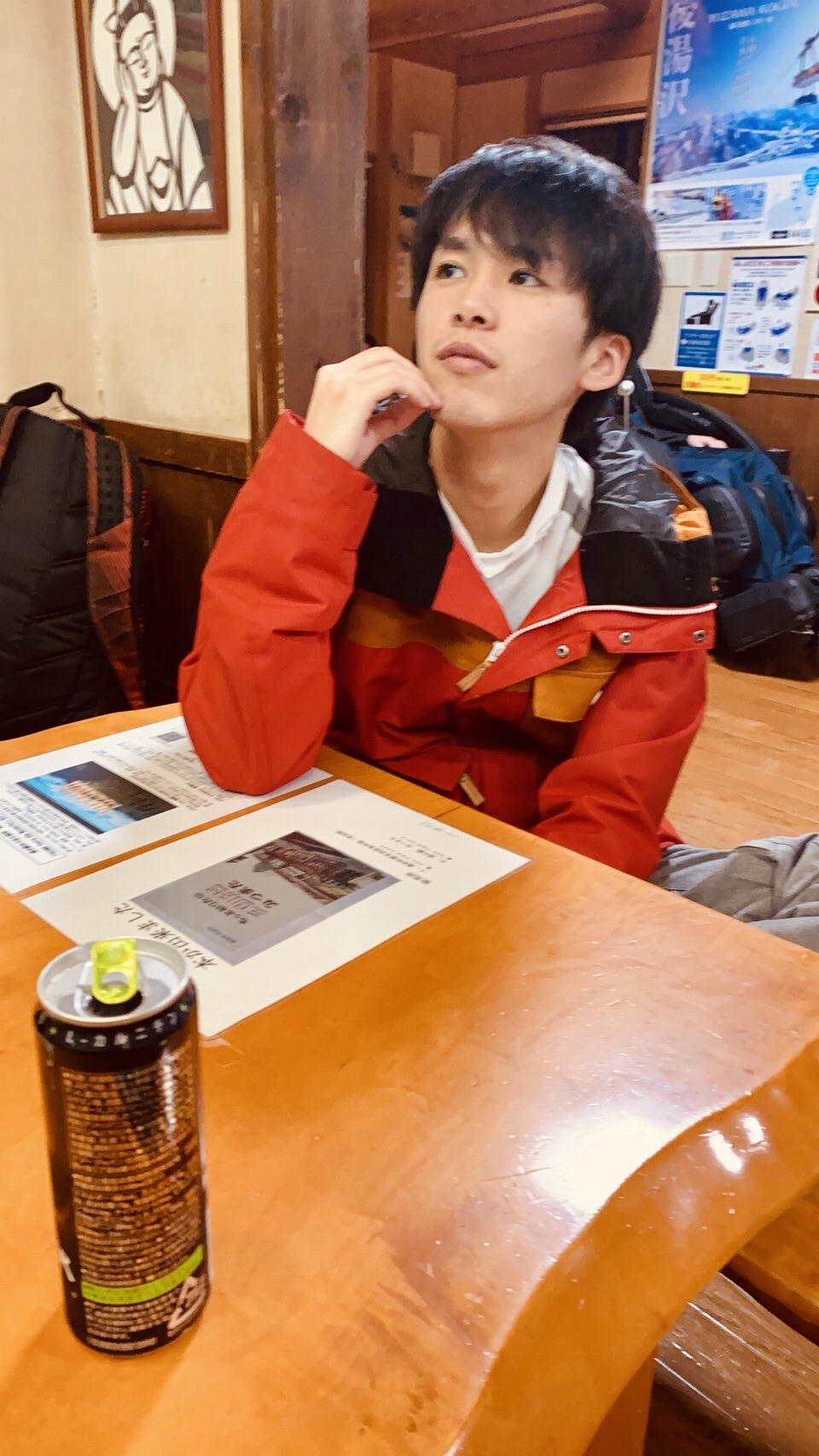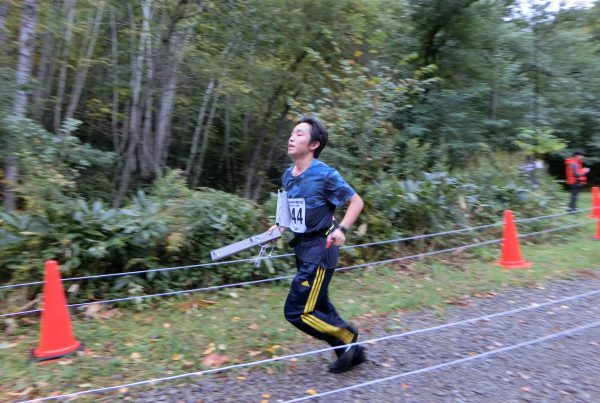How do you enable the brain to communicate? This is the main challenge that students like Kento Suemitsu seeks to answer.
Born and raised in Kagoshima Prefecture, the southernmost part of mainland Japan, he joined the Department of Science of Technology Innovation and WISE Program at Nagaoka University of Technology to pursue research on Brain Computer Interface (BCI), a unique technological solution that aims to give humans the ability to control physical objects using their brain, allowing individuals who are paralyzed by injuries or diseases like myotrophic lateral sclerosis or ALS live normal or comfortable lives.
The Nagaoka Review (NR) spoke with Kento Suemitsu (KS) to learn more about his program, goals and aspirations, and his experience as a research student.
KS: One of the purposes of this program is to grow exceptional leaders and researchers who can guide industries in Japan and the world through the power of innovation.
My current research is on Brain Computer Interface (BCI) that controls computers by electroencephalogram. These are broad concepts but let me give an example so that it is easier to break it down.
In the X-Men film series, one of the most recognizable characters is Professor X. He’s the leader of the group and the one who is seated on a wheelchair. Professor X has been paralyzed due to a previous accident which injured his spine.
In real life, there are many other Professor X out there who have been paralyzed because of an injury, ALS, or brainstem stroke. They are unable to exert any motor control, unable to communicate effectively, or unable to function like they used to do. This can limit their overall interaction and movement and can be quite frustrating.
In the future, we see the possibility of giving these people hope through BCI.
BCI is a system that measures the activity and signals found in a person’s central nervous system (ex. brain).
BCI uses electroencephalography which is the process of recording the electrical activity in the brain. In this process, we connect a device to the scalp of a human and record and measure any electrical brain activity. This electric activity represents the macroscopic activity from the surface layer of the brain underneath.
By analyzing and extracting features from this activity, it allows us to understand what paralyzed individuals intend to communicate or want to do. And by making this possible, we can give them the ability to control the body, the muscles in their hand, manage home electric appliances, and eventually restoring and improving their lives.
KS: They say that BCI is a dream study, but I hope we can get close to making it a reality. If we think about it, Japan has an aging population and soon enough, a huge majority of the country will be experiencing difficulties in their physical activities and will be limited in their movements.
By making BCI possible, we can help the elderly (not only in Japan but also in many countries in the world) to continue living normal and comfortable lives.
NR: How has the program helped you with this objective?
KS: One is the capability in the field of research. We have laboratories that allow us to do simulations and experiments on BCI as well as well-trained professors who can guide us in our study. In my lab, it is important to always think about the cycle consisting of planning, experimentation, and evaluation. And I keep track of my progress by doing a weekly meeting with my superior.
Kento is part of the Neural Engineering Laboratory at Nagaoka University of Technology that aims to examine fundamentals for future-based non-invasive brain imaging and machine learning techniques applicable to the biosignals.
The second one is the opportunity to study abroad. Students in the Department of Science of Technology Innovation program are required to participate in an overseas internship. This gives every student the opportunity to improve their communication skills, and to expose them to a new culture, and new ways of collaborating and problem solving. Personally, these were some of the reasons I considered when I joined the program. I think that this will be very important for my research activities in the future.
Kento with some of his classmates at the university.
NR: Tell me about your experience so far at NUT and in Nagaoka.
KS: I was born and raised in Kagoshima prefecture, the southernmost part of the mainland, where we usually have a warm climate. Unlike Nagaoka, it hardly snows. While I miss the warm climate, I don’t complain that we get a lot of snow in Nagaoka during winter as it allows me to try snowboarding, which I really like. And also, it’s fascinating to see how local industries and business benefit from the snow (in addition to agriculture which Nagaoka is also known for).
Kagoshima is a seaside city located at the southwestern tip of the island of Kyushu. From Nagaoka University of Technology, the distance is over 1,300 km. Seen here is Ogawa Falls, one of the major attractions in the city.
When I am not doing research, I participate in extracurricular activities. One of the activities I did in the past is called the Extensive Reading and Extensive Listening Marathon where I carried out extensive reading and interaction with international students for about an hour, aiming to improve English proficiency. I was in charge of activities as a leader.
NR: What’s your favorite movie / book that is related to robotics or robots?
KS: I like Iron Man. This movie showed that there were many machines that supported human movements, such as assist suits, rather than moving the robot alone. I was impressed because I think that such robots will become mainstream in the future.
NR: What advice would you give someone looking to study in Japan or the program that you are taking?
KS: This program is useful for those who want to acquire practical skills and seek to solve challenges faced by industries and societies. The experience includes doing extensive research, taking an internship at a company, participating in research conferences, corporate activities, and other student activities. And of course, experiencing the unique culture and language influenced by Confucianism in Japan.


